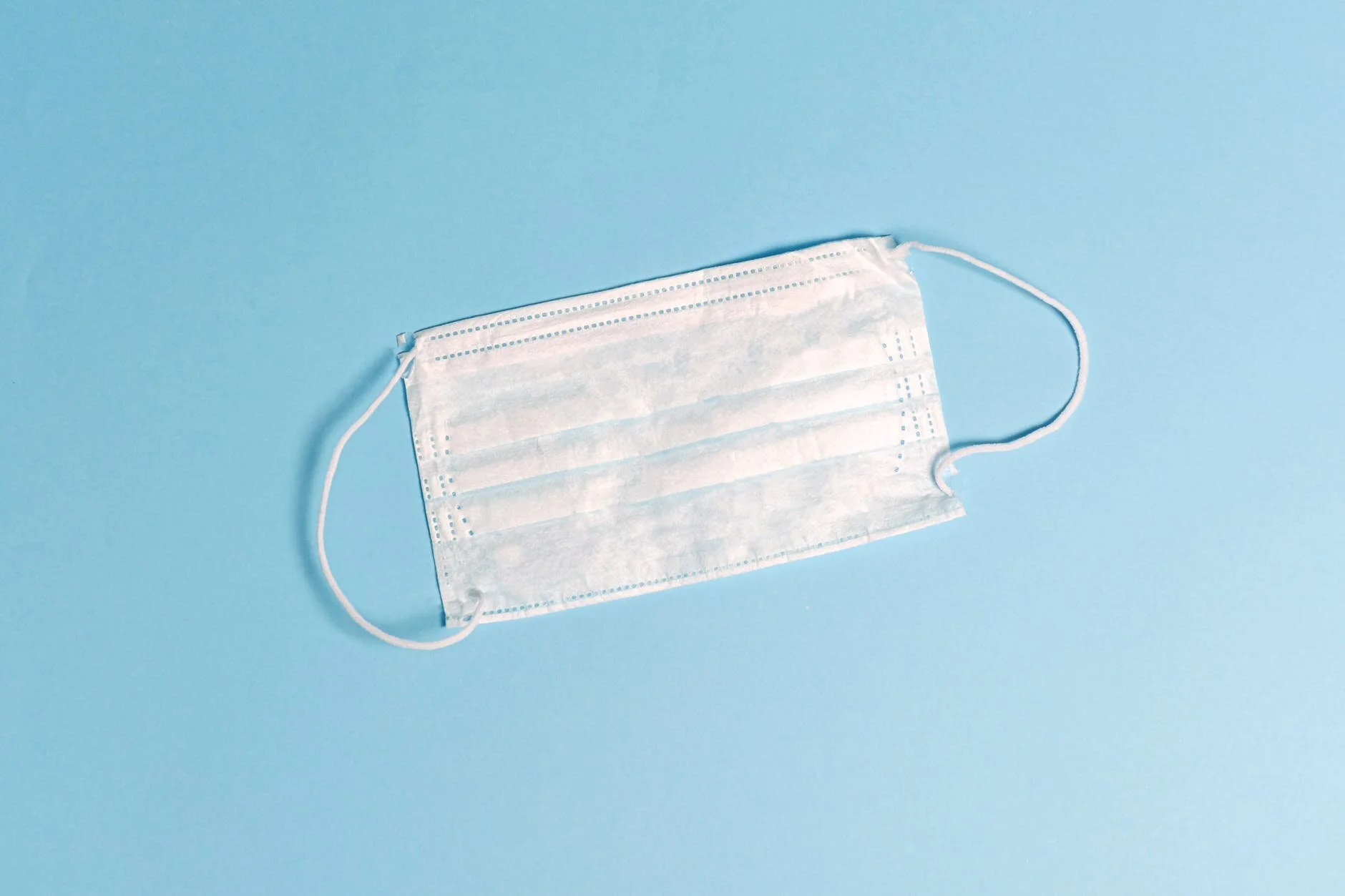Inmate health during COVID-19 pandemic raises tough questions
Photo by Anna Shvets on
The growing coronavirus pandemic should provoke serious discussion of these questions among political leaders and medical professionals:
Whose lives have value in our society? Who determines individual worth? How do we allocate limited resources (e.g. a coronavirus vaccine or test kits)? By income? By profession? By age? By health status? By educational attainment?
Tough questions at any time, but especially during this global crisis, when governments are forced to make hard choices to save lives.
So, where does this leave millions of inmates in jails and prisons across the country?
According to The Center for Prisoner Health and Human Rights, "Prisoners and others involved in the criminal justice system are overwhelmingly poor, disproportionately non-white, and in overall poor health."
Even under "normal" circumstances, jails and prisons lack adequate health care services and/or medical personnel, are overcrowded, unsanitary, and plagued by violence.
They provide a perfect environment for the unhampered spread of COVID 19.
Consequently, some counties and states hope to limit exposure among inmates by releasing non-violent offenders.
Yet questions remain.
Are inmates tested for coronavirus before release? Who tracks their health outcomes after release? Should families be worried about possible exposure? Could they return to jail or prison infected by contact with the larger community? Will they be tested when and if they return to a correctional institution?
Correctional administrators and county and state officials must think hard about the possible consequences of actions they take to limit exposure among inmates and the communities they return to.
Lives depend on it.
© 2020 wistajohnson.com (Reprint by permission only.)
